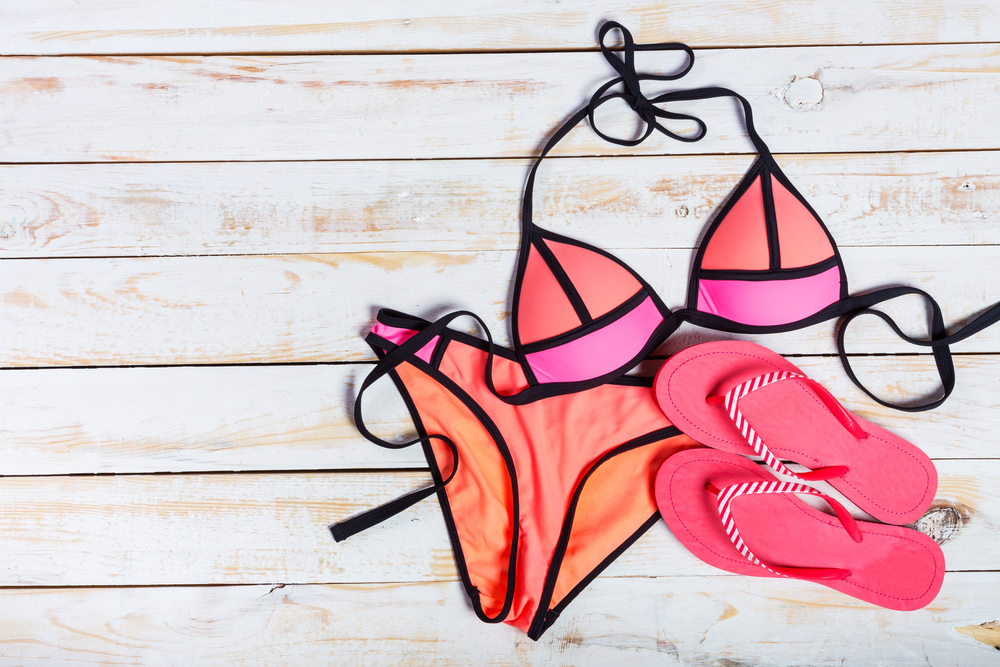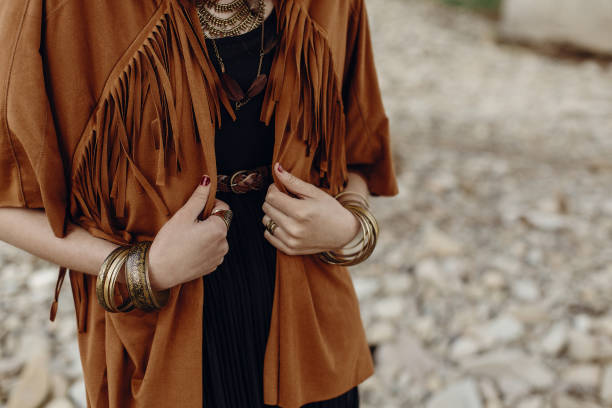Swimwear and Swimsuits: A Comprehensive Guide
Swimwear and swimsuits are essential garments for water activities, beach holidays, and poolside relaxation. This article explores various types of swimwear, their features, and how to choose the right option for your needs. Swimwear comes in a variety of styles to suit different preferences and body types. Some common types include:

-
One-piece swimsuits: These provide full coverage and are ideal for swimming and water sports.
-
Bikinis: Two-piece suits consisting of a top and bottom, offering more flexibility in sizing and style.
-
Tankinis: A combination of a tank-style top and bikini bottom, providing more coverage than a bikini.
-
Board shorts: Longer shorts popular for surfing and casual beachwear.
-
Swim trunks: Shorter than board shorts, these are common for men’s swimwear.
-
Rash guards: Long-sleeved tops that provide sun protection and are often worn for water sports.
How to choose the right swimwear material?
The choice of material is crucial for comfort and durability in swimwear. Common materials include:
-
Nylon: Quick-drying and stretchy, ideal for frequent swimmers.
-
Polyester: Durable and resistant to chlorine, suitable for regular pool use.
-
Spandex/Lycra: Provides excellent stretch and shape retention.
-
Neoprene: Used in wetsuits for insulation in colder waters.
When selecting swimwear, consider factors such as chlorine resistance, UV protection, and quick-drying properties based on your intended use.
What features should you look for in quality swimwear?
High-quality swimwear often includes the following features:
-
UV protection: Look for swimwear with UPF (Ultraviolet Protection Factor) ratings.
-
Chlorine resistance: Important for frequent pool swimmers to prevent fading and deterioration.
-
Lined fabric: Provides additional coverage and comfort.
-
Adjustable straps: Allows for a better fit and support.
-
Built-in support: Such as shelf bras or moulded cups for women’s swimwear.
-
Flatlock seams: Reduce chafing and increase comfort during extended wear.
How to care for your swimwear?
Proper care can extend the life of your swimwear:
-
Rinse immediately after use, especially after exposure to chlorine or saltwater.
-
Hand wash in cool water with mild detergent.
-
Avoid wringing or twisting; instead, gently squeeze out excess water.
-
Lay flat to dry, away from direct sunlight.
-
Avoid sitting on rough surfaces while wearing swimwear to prevent snagging or pilling.
What are the current trends in swimwear design?
Swimwear trends evolve regularly, but some current popular styles include:
-
High-waisted bikini bottoms
-
Sustainable and eco-friendly materials
-
Retro-inspired designs
-
Athletic-inspired styles for active wear
-
Mix-and-match separates for personalised looks
Comparison of popular swimwear brands
Here’s a comparison of some well-known swimwear brands available in the UK:
| Brand | Types Offered | Key Features | Price Range |
|---|---|---|---|
| Speedo | Performance swimwear, leisurewear | Chlorine-resistant fabrics, competitive designs | £20 - £100+ |
| Marks & Spencer | Wide range of styles for all ages | Good value, inclusive sizing | £15 - £60 |
| Boden | Stylish prints, classic designs | High-quality fabrics, unique patterns | £30 - £80 |
| TYR | Performance and training swimwear | Durable materials, streamlined designs | £25 - £120 |
| Sweaty Betty | Active lifestyle swimwear | Stylish designs, performance fabrics | £40 - £100 |
Prices, rates, or cost estimates mentioned in this article are based on the latest available information but may change over time. Independent research is advised before making financial decisions.
Choosing the right swimwear involves considering factors such as fit, comfort, purpose, and personal style. Whether you’re a competitive swimmer, a casual beachgoer, or somewhere in between, there’s a wide range of options to suit your needs and preferences.




